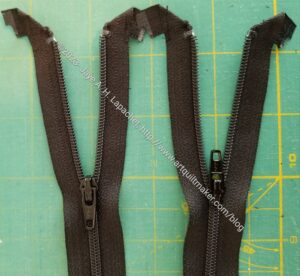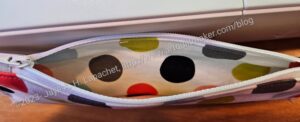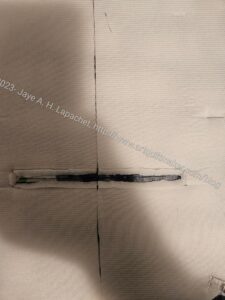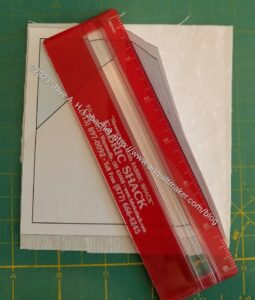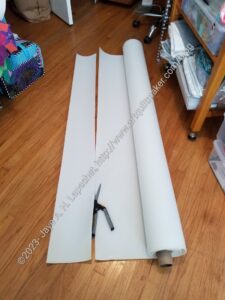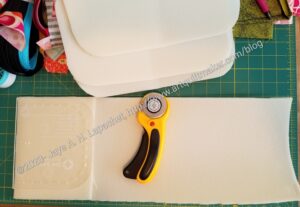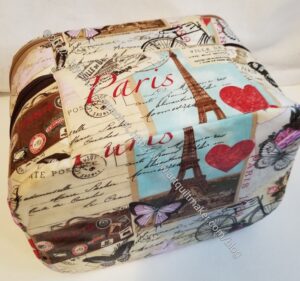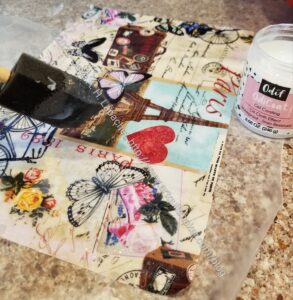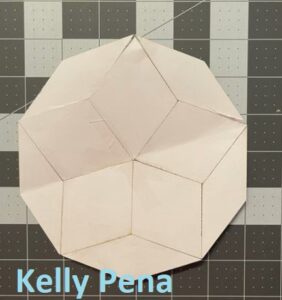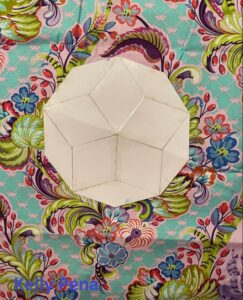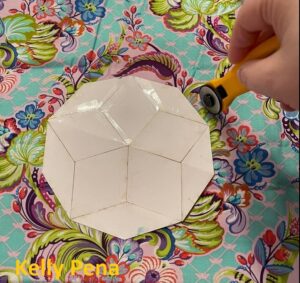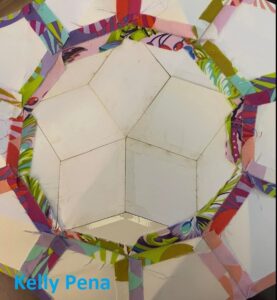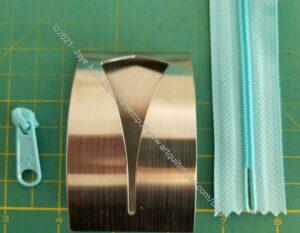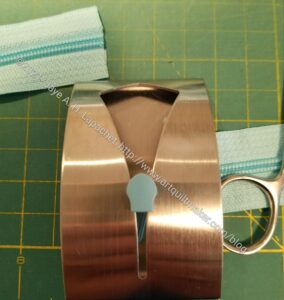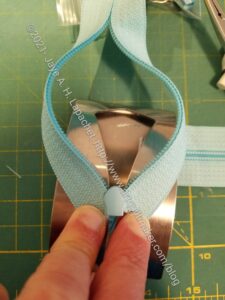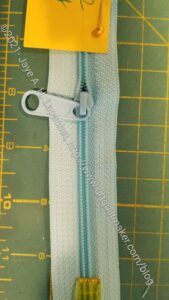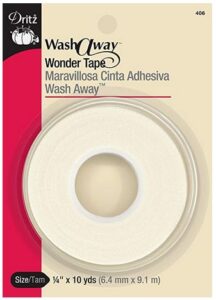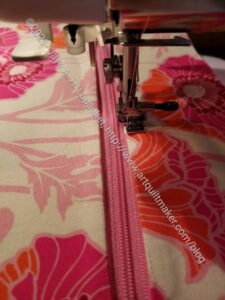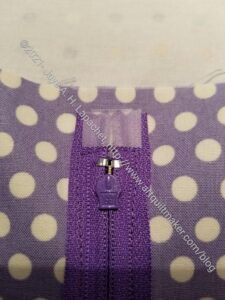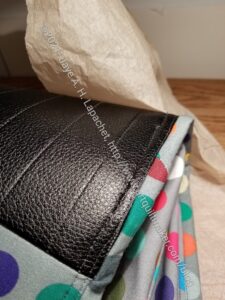I saw a different binding technique, again, on Instagram. I tried it on a recent project and it works really well.I need to try it on a quilt or smaller project so I can get a better idea.

It is basically just matching up the edges of the binding, turning both pieces at an angle and pressing, then sewing them.
I found that I needed to have additional unsewn length in the binding for this technique. I was making a Hold Tite Folio which is already very small. I didn’t leave enough spare length as I was going to use a different joining method. I remembered this one and changed my plan at the last minute. I think it will be easier on a quilt.
I have to say that some of the recent binding tutorials I have seen on IG are brilliant. Mostly they have to do with joining the ends, which I have always found to be a challenge. That was not something I learned when I learned to make quilts. I don’t remember if it wasn’t taught or if I missed the class. I always teach joining in my classes.
Watch the video and let me know what you think.







